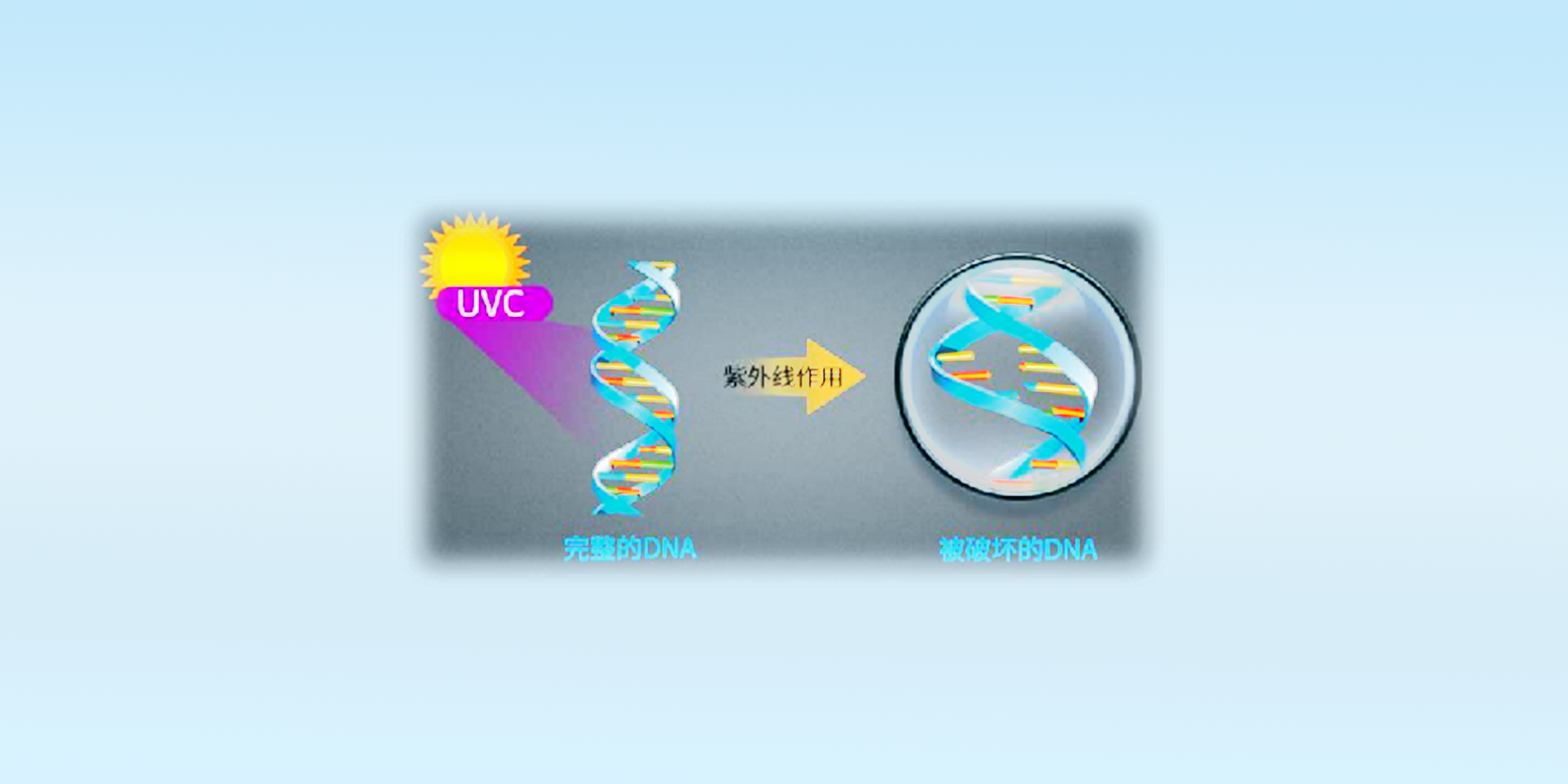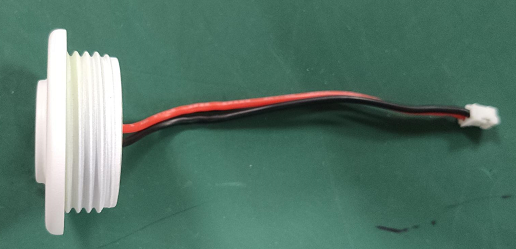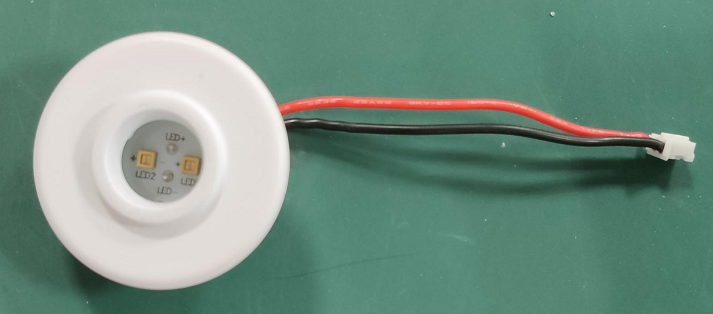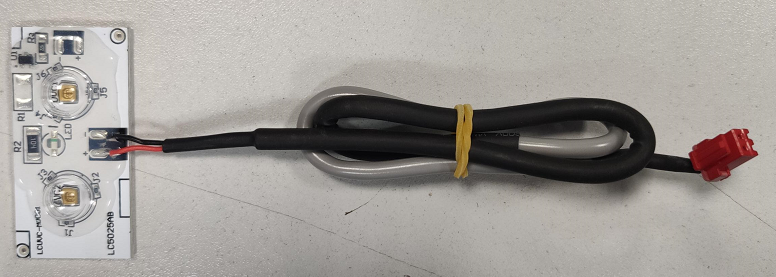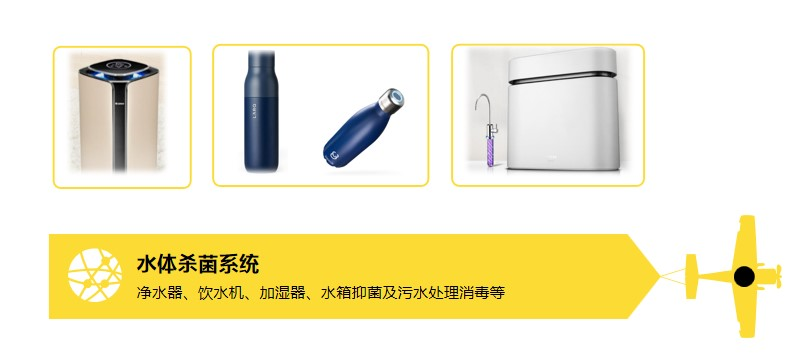
Short wave UVC
The wavelength ranges from 100 to 280 nanometers, also known as short wave sterilized ultraviolet radiation. Its penetration ability is the weakest, and the shortwave ultraviolet rays contained in sunlight are almost completely absorbed by the ozone layer before reaching the ground.
UVC-LED sterilization efficiency
Bacteria | |||
Name | Time required for 100% killing | Name | Time required for 100% killing |
E. coli corynebacterium diphtheria Tetanus bacillus bacillus anthracis Shigella | 0.36s 0.25s 0.33s 0.30s 0.15s | Botulinum toxin Leptospira Legionella pneumophila micrococcus Mycobacterium tuberculosis | 0.80s 0.20s 0.20s 0.40s 0.41s |
cholera bacillus Pseudomonas Salmonella Enterococcus | 0.64s 0.37s 0.51s 0.41s | Salmonella Typhimurium shigella staphylococcus Streptococcus | 0.53s 0.28s 1.23s 0.45s |
UVC-LED sterilization efficiency
viruses | mold spore | ||
Name | Time required for 100% killing | Name | Time required for 100% killing |
Adenovirus Phagocytic cell virus Coxsackie virus Eko virus influenza virus | 0.10s 0.20s 0.80s 0.75s 0.23s | Aspergillus niger Aspergillus genus Dung fungi Mucor genus Soft spore | 6.67s 8.80s 8.00s 4.67s 0.33s |
Poliovirus Rotavirus Tobacco mosaic virus Hepatitis B virus | 0.80s 0.52s 0.16s 0.73s | Penicillium genus Penicillium toxin producing Penicillium and other fungi | 2.93s 3.33s 0.87s |
UVC-LED sterilization efficiency
Algae | |
Name | Time required for 100% killing |
blue green alga chlorella Nematode egg | 40.00s 0.93s 3.40s |
Paramecium genus Genus of Protozoa Green algae | 7.30s 6.70s 1.22s |
Precautions for using UVC:
The use of UVC should be kept away from eyes and skin
Although some studies have shown that only the 280nm wavelength band in UVC cannot penetrate the skin stratum corneum (commonly known as dead skin) and will not cause damage to the human body.
But prolonged exposure may cause skin cancer. Illuminating the eyes can damage the cornea and cause cataracts.

.jpg)
